
Why “Ow!” Needs Absolutely No Translation
The sounds we make during emotional moments or when experiencing pain may not be arbitrary

Why “Ow!” Needs Absolutely No Translation
The sounds we make during emotional moments or when experiencing pain may not be arbitrary
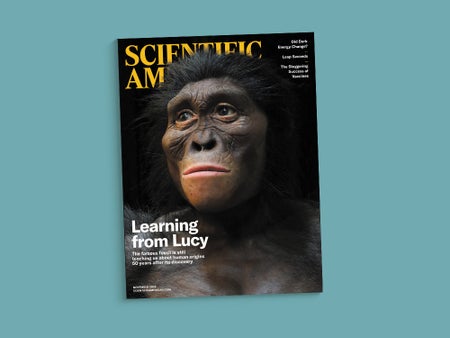
Readers Respond to the November 2024 Issue
Letters to the editors for the November 2024 issue of Scientific American

Read all the stories you want.
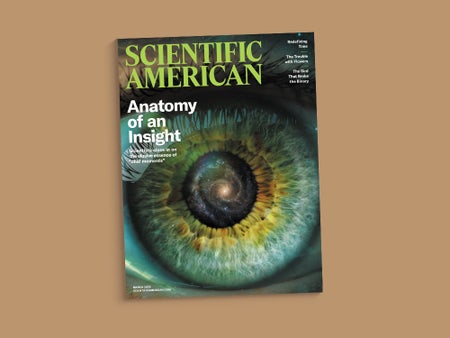
A Fascinating Sparrow, Aha! Moments and Local Flowers
Astronomers search for missing planets, a salty food movement takes hold, and it may be time to redefine the second

Contributors to Scientific American’s March 2025 Issue
Writers, artists, photographers and researchers share the stories behind the stories
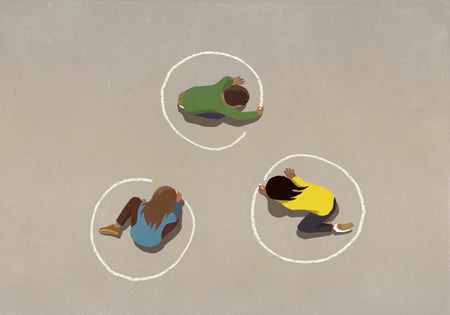
Understanding Your Introverted Kid’s Needs Will Help Them Succeed
There is nothing wrong with quieter, introverted kids. Recognizing what makes them tick can help them confidently navigate an extroverted world

The Hidden Costs of Men’s Social Isolation
When men suffer social isolation, women may pay the price, too

Men Are More Prepared for Fatherhood Than We Think
In many cultures, men are not involved with hands-on childcare. But biology tells us we are perfectly capable of doing so
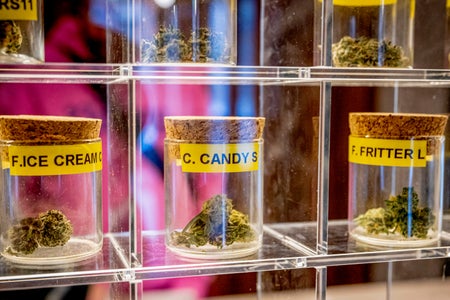
The Link between Cannabis and Psychosis in Teens Is Real
Teens have access to vastly more potent cannabis than their parents had at their age. Parents need to understand the risks, including psychosis
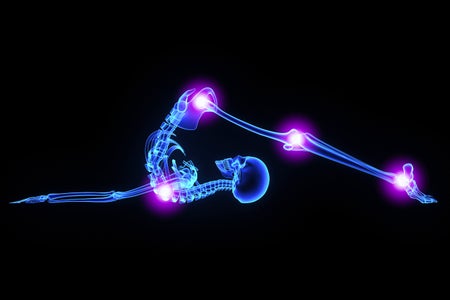
Joints Are the Ultimate Flex
The evolution of joints is how we went from blobs to badasses

How Reality TV Helps Explain Trump’s Success
What makes reality shows so popular also helps explain why Donald Trump is so popular

The Neuroscience of Severance: What’s Real? What’s Fake?
The hit show Severance can be refashioned as a teaching moment about certain brain disorders. But its famed “innie” versus “outie” conceit is totally bogus
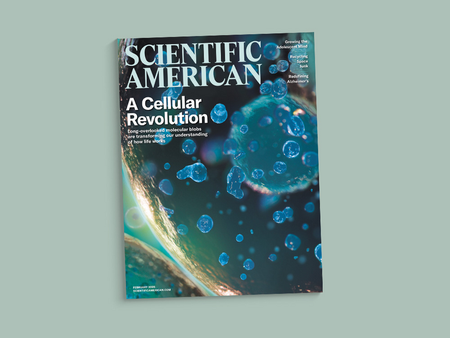
Mysterious Blobs, Green Monsters and the Space Junk Crisis
Our February issue covers new Alzheimer’s guidelines, teens’ transcendent thinking, Neandertal DNA in all of us, and more